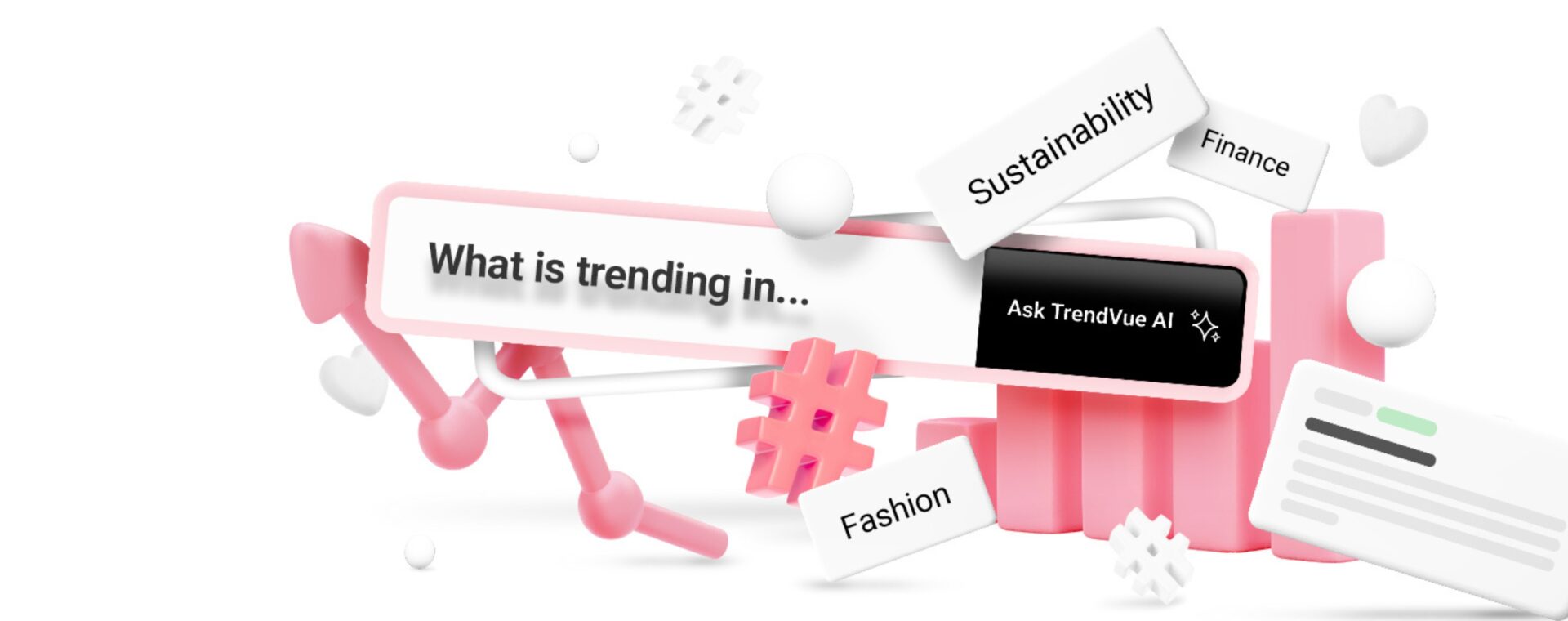
The business-to-business buying process is a complex one, typically involving five broad steps: recall, identify, learn, evaluate and the all-important buy.
Mapping out the exact buying process is critical for anyone who is looking to market or sell in the B2B space...
...and it’s only when armed with this understanding that you’ll be able to make better decisions about how to target the right people, at the right time, in the right way. Of course, no two buying processes are ever the same, but a recent survey by Savanta of 118 B2B buyers reveals that there are indeed similarities.
...most of the decision-making has already been done before the buying process even begins.”
It turns out that most of the decision-making has already been done before the buying process even begins.
Once a need is triggered, a typical B2B buyer immediately has five potential suppliers in mind. The vast majority (86%) starting out with a clear preference for one of these suppliers and almost all (94%) end up buying from them. That means that in around 8 out of 10 cases, the winning supplier is more or less preordained and the sale is simply theirs to lose. So, how can you create such a powerful advantage?

Customer service is key
More often than not, the preferred supplier is the incumbent. If that’s you, then congratulations – most of the hard work has already been done. But now is not the time to be complacent.
To preserve your advantage, it’s essential that you invest in your customer experience: 61% of B2B buyers say that poor service from their incumbent would heavily influence the likelihood of buying from them again.
And the damage caused by poor customer service doesn’t stop there. It can also reduce your chance of winning business with new prospects: 41% of B2B buyers who are unhappy with customer service will proactively spread negative word-of-mouth about the offending supplier to their colleagues and peers.
Meaning that there is such a thing as bad publicity after all, as 42% won’t buy from a supplier known for bad customer service, even if that supplier has a significantly better product than their competitors.
What drives brand awareness?
This is where prospective suppliers can jump in and take advantage of customer service lapses by providing an appealing alternative. Establishing high levels of brand awareness is critical to this.
We asked B2B buyers to reveal how suppliers get their attention during the buying process, and they shared three complementary activities that build brand awareness:
: 68% advised reaching out through face-to-face channels: sales visits, trade shows and other events
: 51% suggested advertising in trade media
: 47% recommended sharing valuable content through whitepapers, webinars and supplier magazines
They also provided a warning. Approaching B2B buyers through telemarketing or by reaching out directly through social media may make them aware of your brand, but not necessarily in a good way. 52% of B2B buyers said they dislike suppliers who use telemarketing to target them and 35% dislike those who reach out directly through social media.
The power of SEO and referral networks
Despite your best efforts, it may not be possible to make every potential buyer personally aware of your brand, but you can still be in the running. Whilst those already in the buyer’s eco-system do possess a clear advantage, 72% of buyers will expand their shortlist by searching for new potential suppliers. To make your business easy to find, invest in the following:
: SEO/PPC – 39% of B2B buyers find additional suppliers through web search.
: Referral networks – 34% ask professional advisers to recommend potential suppliers and 33% consult with colleagues or peers.
Hard sell, soft sell
There are still other opportunities too. The average B2B buying process, from start to finish, lasts eight weeks. You can make a compelling argument for your product or service during this time, and buyers suggest four tactics that would work:
: Optimise your website – 27% of buyers will visit it
: Build an evidence base – 20% will seek references and 18% look for case studies
: Build a capable sales team – 47% meet with potential suppliers to evaluate them
: Build strong word-of-mouth and referral networks – 34% ask colleagues or peers for their thoughts, 30% consult professional advisers and 22% look to industry analysts.
Obviously, you then have to persuade prospective customers that you’re the best choice overall. Other than price, two ‘hard’ factors are critical here – product quality and after-sales service. 17% and 14% of buyers, respectively, say these are the most important drivers of choice for them. Four ‘softer’ factors also play a very important role:
: Brand reputation and trust (21%).
: Personal relationships (7%).
: Perceived ease of doing business (5%).
: How you engage with them during the sales process (5%).
In short, when you align your sales and marketing strategy to the buying process, you will give your business the greatest possible chance of success.





